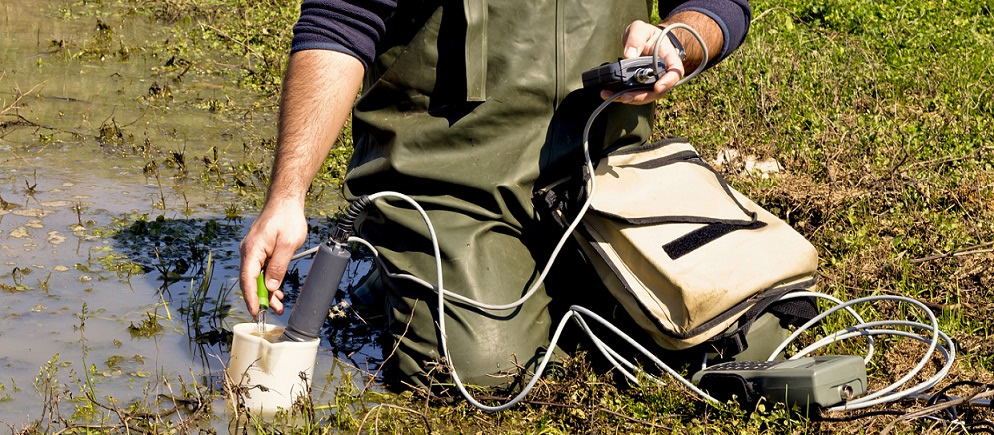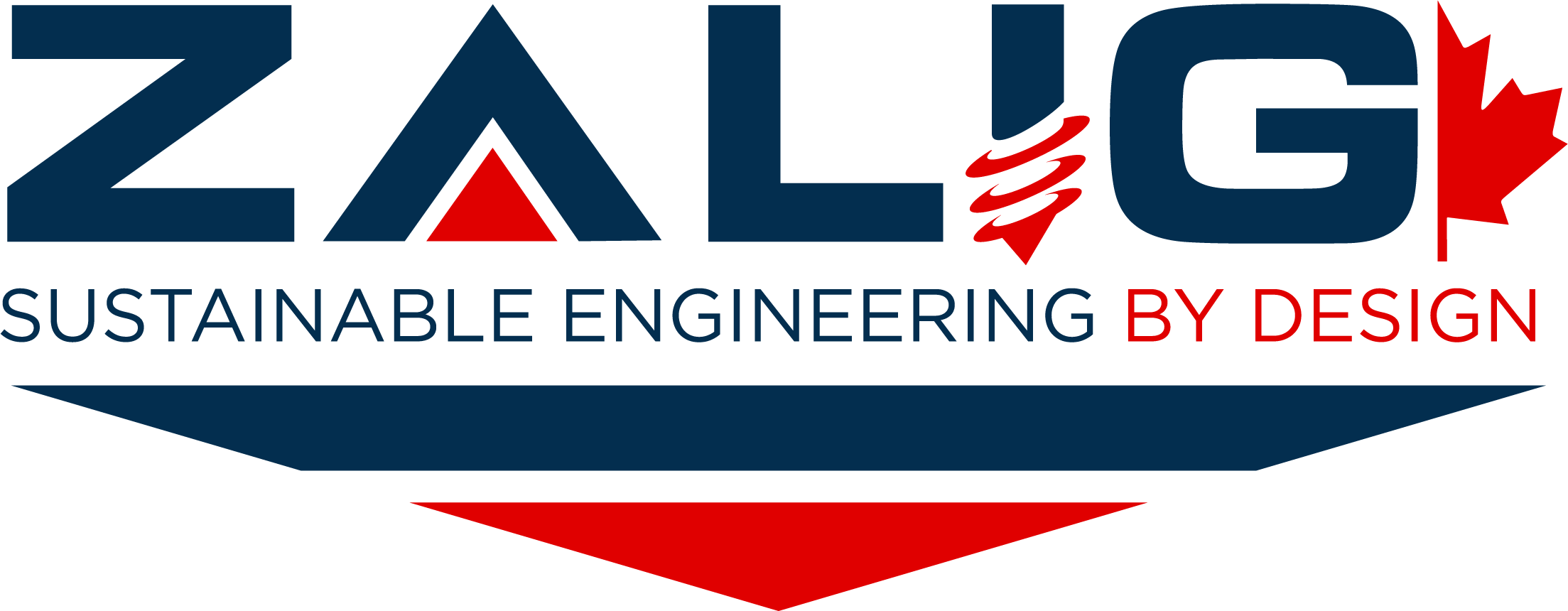- Limited Subsurface Investigation
- Limited Subsurface Investigation
When the findings of the Phase I ESA (Environmental Site Assessment) suggest potential environmental contamination on a particular property, a Phase II Limited Subsurface Investigation is frequently recommended. The purpose of the Phase II Environmental Site Assessment is to obtain definitive evidence of contamination through sampling and testing to define contaminant concentrations and estimate remediation costs. The following steps are typically involved: - Testing – groundwater, soil vapor, and soil sample tests are performed to determine the existence of petroleum contamination; the presence of volatile organics such as dry-cleaning solvents or heavy metal compounds; or toxic/hazardous waste characteristics. - Surveys – comprehensive surveys of the site can also be performed to determine the presence of lead-based paint, asbestos, radon, and lead-in-water. - Report – detailed report of the methodology, findings, and conclusions. Client Meeting – a face-to-face meeting to discuss and clarify key project findings and recommendations.


- Related Sub Services
- Download Brochures
